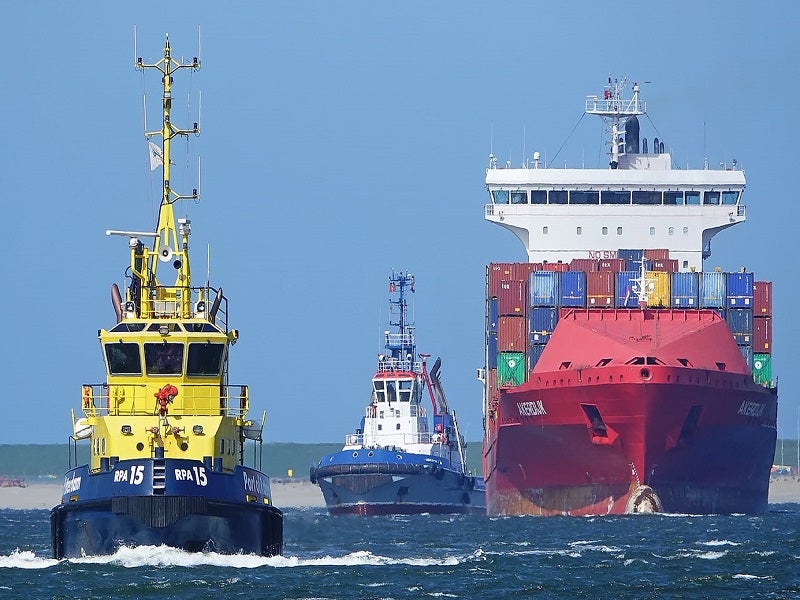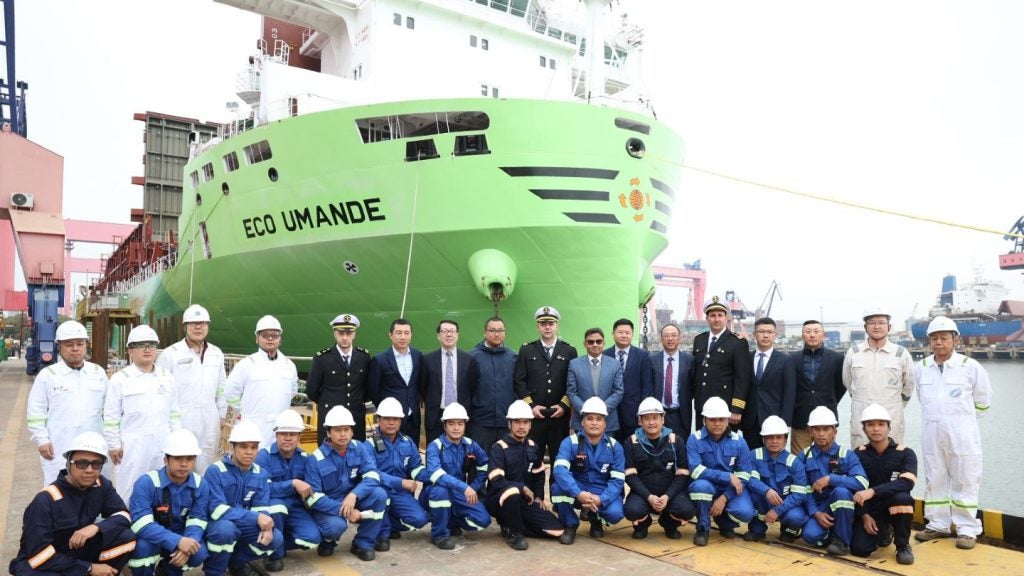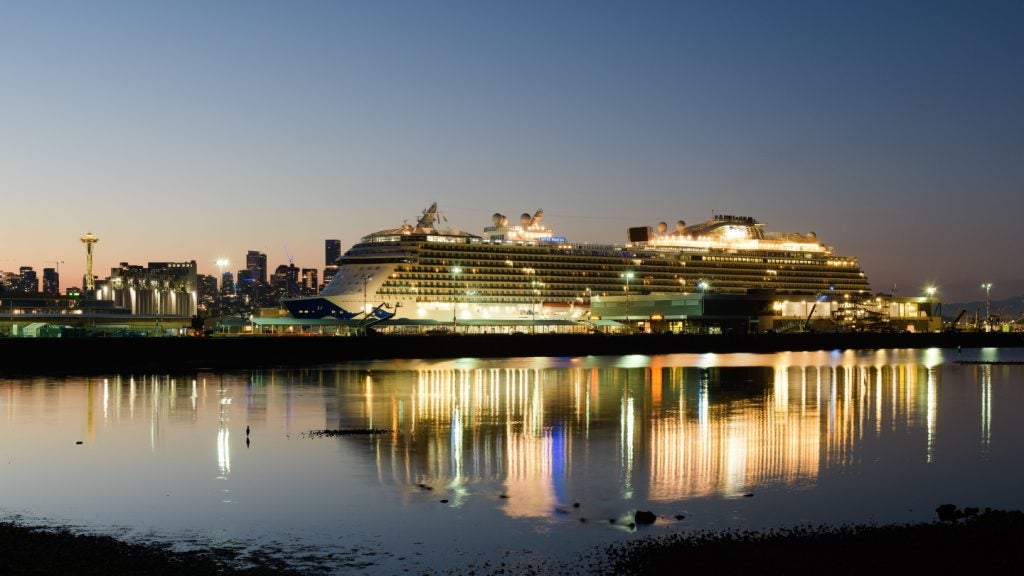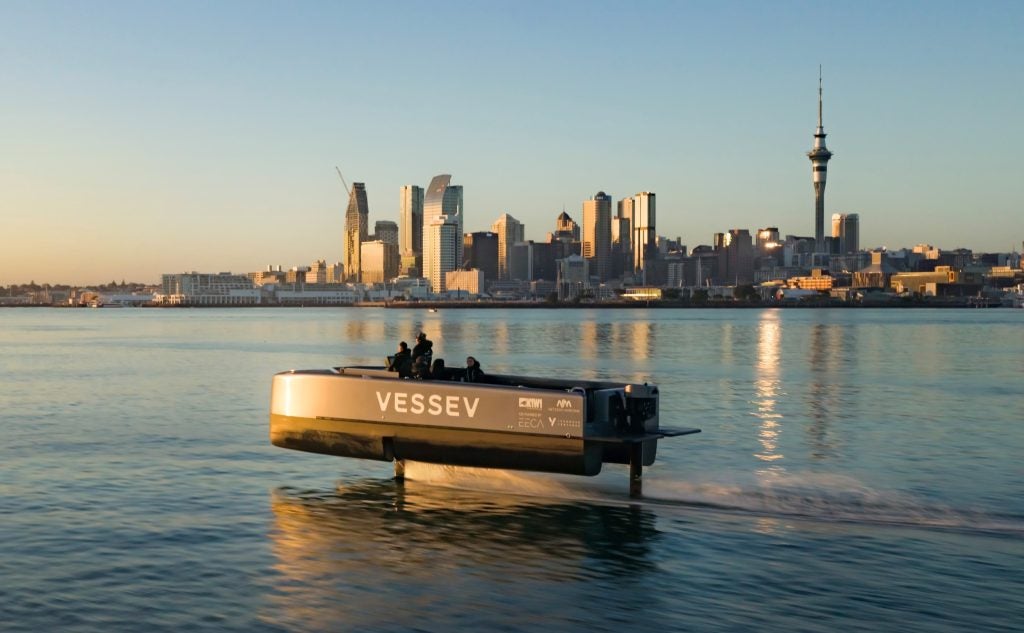
Port of Rotterdam Authority has partnered with BigMile to jointly develop a digital platform for detecting transport-related emissions at the port.
The solution will integrate data with a TNO calculation model to accurately calculate transport sector emissions.
It will also offer insight into emissions at a business site and provide details on carbon and other emission levels in the entire transport chain.
As of now, the platform is being developed as a pilot project that will calculate seagoing and inland ship movements in Rotterdam, with plans to include road and rail transport at a later stage.
During the next six months, the solution will witness the inclusion of discharges from supply chains en route to and leaving the port of Rotterdam.
In H2, this digital platform, along with the acquired expertise, is projected to be shared with shipping firms and terminals.
How well do you really know your competitors?
Access the most comprehensive Company Profiles on the market, powered by GlobalData. Save hours of research. Gain competitive edge.

Thank you!
Your download email will arrive shortly
Not ready to buy yet? Download a free sample
We are confident about the unique quality of our Company Profiles. However, we want you to make the most beneficial decision for your business, so we offer a free sample that you can download by submitting the below form
By GlobalDataBigMile project manager Wouter Nering Bögel said: “In the first project phase, we are focusing on area emissions in the port of Rotterdam area, from 60km offshore to the Brienenoordbrug. We are literally ‘charting’ sea-going and inland shipping’s actual emissions based on vessel and vehicle movements.”
The Port of Rotterdam Authority, along with BigMile, is working towards utilising the data to manage its emission reduction plan.
Additionally, BigMile has come up with a calculation and analysis platform to enable shippers and logistics service providers to improve, as well as report, on multi-modal transport-related carbon discharges.
Last February, a consortium of HOCHTIEF, Ballast Nedam and Van Oord won a construction contract from Port of Rotterdam Authority for 2.4km of quays and earth-retaining walls in Princess Amalia Harbour.







